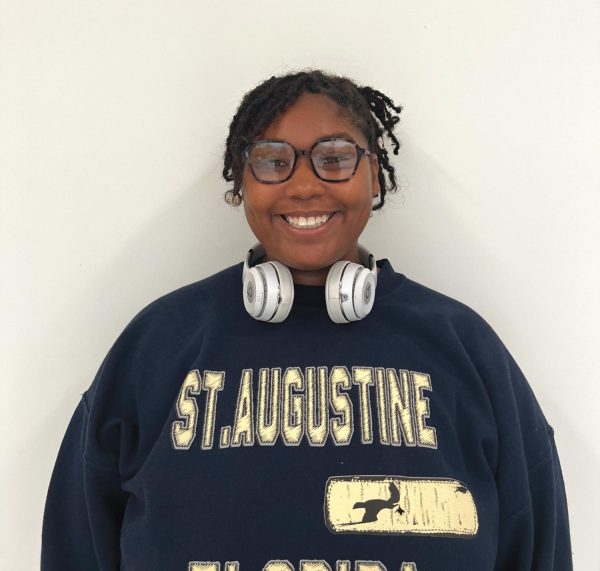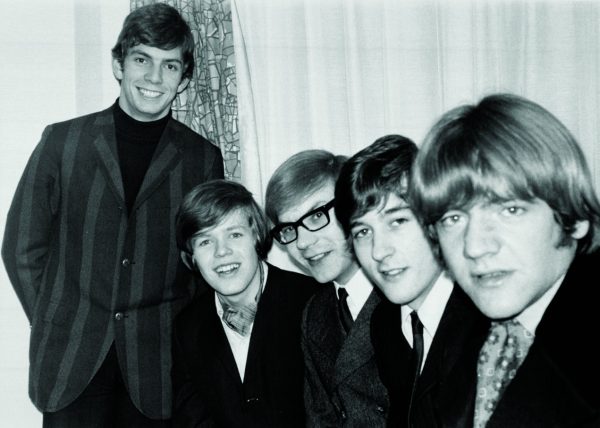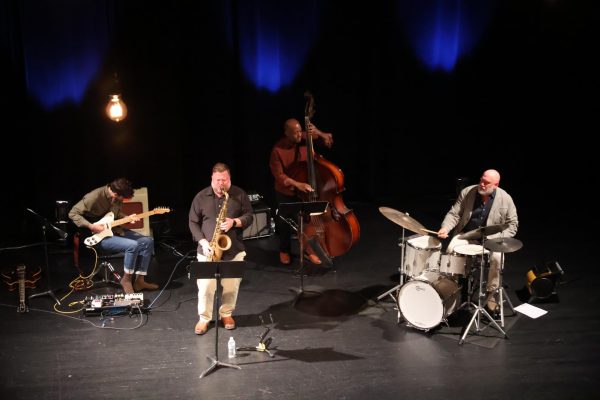Solving the mystery of the blue boxes: misadventures in investigative reporting
Ever since my freshman year in 2018, I have heard rumors and warnings regarding the blue-light police boxes on campus. These were passed down to me from upperclassman friends of mine when I moved to school, and I would hear whispers from strangers along the way.
“Don’t walk through the back woods between the newbies and the UC. The blue boxes don’t work over there,” they would say.
“Be careful if you’re walking by yourself at night; you’re on your own if something happens,” they would say.
It was never something I questioned, just something I took as truth. I mean, who would want to disregard those rumors only to find out they were true?
However, as an organization that works to be the voice of the student body, we knew that the truth about this needed to be revealed. And so, we sought to find out: did they work or not?
We decided to test the theory a few weeks ago since we are always here for you, and we are nothing if not intrepid. Before I begin, however, I have a word of advice: please do not follow in our footsteps.
Here is what we learned:
First, the blue boxes do, in fact, work.
Though there have been rumors floating around for years about the status of the boxes, they are ready for action for those who truly need them. When two of our own staff tested one of the boxes, two officers responded within minutes.
To give you a brief overview of what to expect, once pressing the button, the light atop the police box pole will strobe blue, followed shortly after by instructions by an operator of how to communicate using the box. Though we did not experience an audible alarm, the light strobed for quite a while after the button was pressed and continued to do so after the officers arrived.
There are officers stationed at different locations around campus at all hours, so those closest to the box were the ones to respond.
The officers were very kind to our staff members and allowed them to explain their intentions. One of the officers said that the blue boxes are checked monthly, and the officers perform the maintenance personally to ensure their function.
Second, testing the blue boxes is a violation of the student handbook. The actions explained above were not completed by trained professionals and are deeply frowned upon.
What we soon discovered is that this is also a violation of the student handbook, a treacherous misstep on our part. As it turns out, a false alarm on the police boxes is the equivalent of pulling a fire alarm for no reason—not good.
In the student handbook, there is a section for campus violations, and the false alarm is listed as number 10.
According to the handbook, “Any act of arson, falsely reporting a fire or other emergency (such as the presence of an explosive or incendiary device), knowingly setting off a fire alarm or emergency call box when the student knows that no fire or emergency exists; tampering with or removing from their proper location fire extinguishers, hoses or any other fire emergency equipment except when done with an actual need for such equipment.”
We spoke with the Dean of Students, Latasha Brand, after the incident, and she kindly let us off with a warning and gave us some further insights into the blue boxes and police presence on campus.
The blue boxes were implemented as a resource for student residents to enhance personal security. They act as alarms for 9-1-1 assistance when the button is pressed. These boxes are not aesthetic fixtures on campus, and they have a purpose as a safety amenity.
Hopefully, our misadventures served to dispel the years-long rumors about the security of campus with the blue boxes. We are glad that we could uncover the truth, though we would like to extend one more heartfelt apology to Student Life and campus police for how we discovered it. We hope you enjoyed the cookies.




